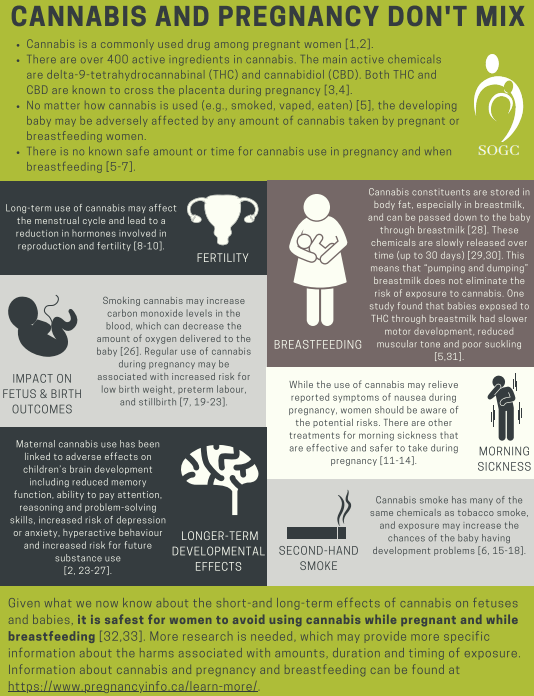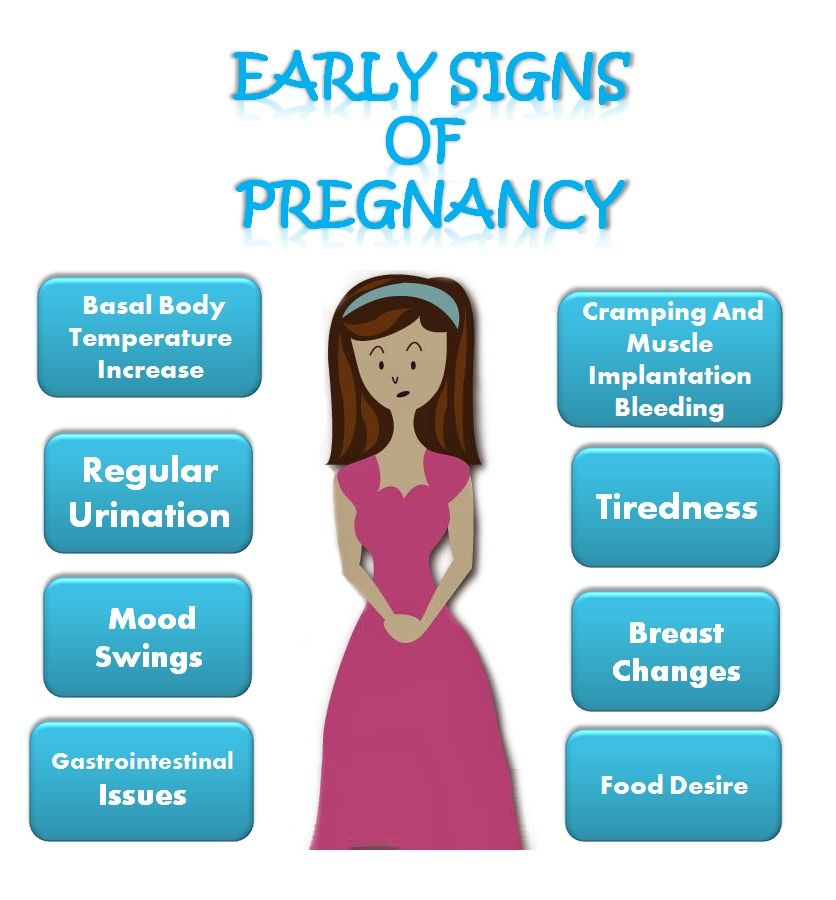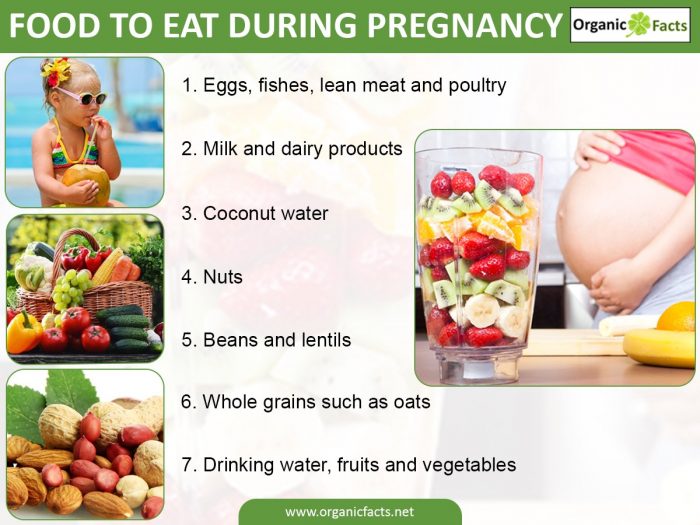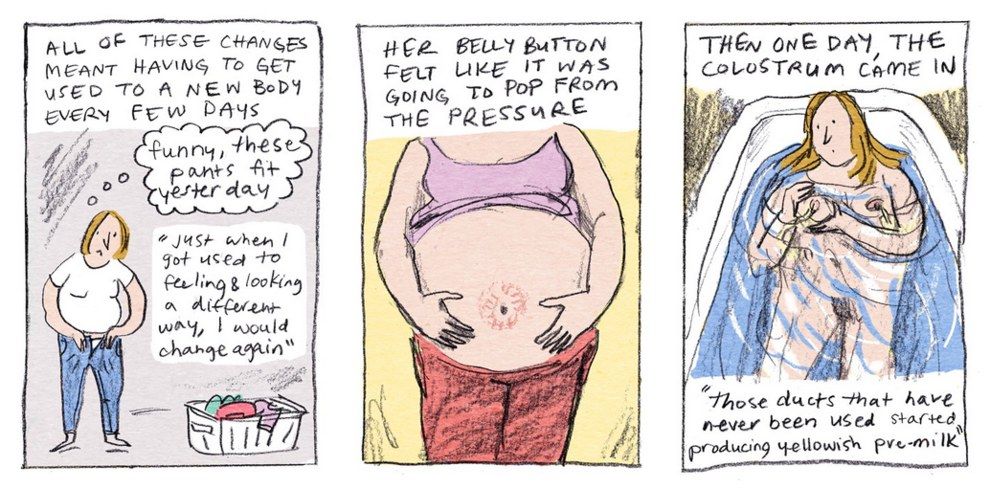Getting labor started
How to induce labor naturally
Around 38 weeks into their pregnancies, I start to see a shift in my expecting patients. The excitement of being pregnant has worn off. They are sore, uncomfortable and often feeling a great deal of pregnancy fatigue.
This is also usually when I start getting questions about natural ways to induce labor.
“Is it true that eating spicy food will get things going?” “Does drinking castor oil really work?”
Some of my expecting moms are willing to try just about anything at this point, and the internet provides endless ideas. However, I always caution that very few methods have been proven effective in getting labor started. And some methods can actually be dangerous for both mom and baby.
Here are six natural ways to induce labor that I get questions about from my patients, and the advice I share with them. I recommend that you first get your doctor’s permission before trying any of these methods as a way to induce labor.
1.
Walking and exercise often make it to the top of the list of things to try. While there’s no research that says it will induce labor, 30 minutes of moderate exercise at least five times a week can be helpful in any stage of pregnancy. And, it’s safe to use a birthing or exercise ball to stretch and help relieve some of the pressure in your pelvis, hips and back (unless you’ve been instructed otherwise by your doctor). Staying fit can help improve sleep and your mood. It can also decrease your risk of cesarean delivery and gestational diabetes.
2. Spicy foods
Spicy foods can make you sweat, but they won’t induce labor. That’s an old wives’ tale. Research has shown that eating spicy food can trigger heartburn and indigestion, but as for labor, there has been no documented research to prove this theory.
3. Sexual intercourse
You might be wondering “How would sex induce labor?” For starters, it can release oxytocin from the brain – the same chemical that causes contractions. And it can also release prostaglandins, which help the cervix naturally soften and prepare for labor. Be sure to ask your doctor whether you have the go-ahead to give sex at this time a try. If you’re given the okay, it’s certainly one of the more fun ways to try and get labor going.
And it can also release prostaglandins, which help the cervix naturally soften and prepare for labor. Be sure to ask your doctor whether you have the go-ahead to give sex at this time a try. If you’re given the okay, it’s certainly one of the more fun ways to try and get labor going.
4. Acupuncture and acupressure
Using acupuncture, acupressure or massage to induce labor is somewhat controversial. The belief is that stimulating certain pressure points in the body can release oxytocin and induce labor. While the effectiveness of this method is still up for debate, a foot massage is still enjoyable, especially at the end of pregnancy. And massage therapy can help treat the hip, back, ligament and musculoskeletal pain you might feel while pregnant. Both are very safe as long as the care professional has experience in taking care of pregnant women. Here at Park Nicollet, we’re lucky to have massage therapists specifically trained to work with pregnant women and their much more loose and relaxed muscles and joints.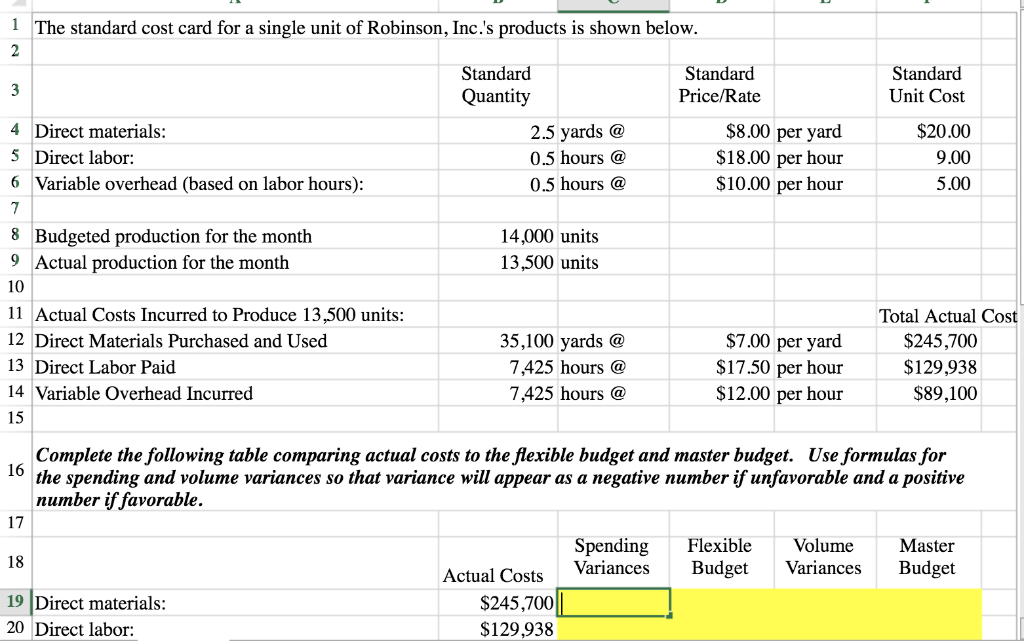
5. Nipple stimulation to induce labor – discouraged
Some of my patients ask me whether using a breast pump can help start labor. Similar to sex, nipple stimulation can lead to oxytocin release. However, there is no research that shows using a breast pump to induce labor is safe or effective, so I discourage my patients from trying this method.
6. Castor oil to induce labor – highly discouraged and potentially dangerous
Castor oil can cause uterine contractions. But, the contractions may or may not be labor. The theory is that castor oil stimulates the bowels, which irritates the uterus and causes contractions. This can lead to side effects like diarrhea, nausea and vomiting – all of which can lead to dehydration. I highly discourage my patients from trying this method.
Be patient, and remember these methods for later
At the end of the day, your baby will come when they are ready. But once you’re in labor, some of the things listed above may actually help it progress. Walking, acupuncture, massage and more can also be used as natural ways to manage labor and delivery pains.
Walking, acupuncture, massage and more can also be used as natural ways to manage labor and delivery pains.
Until then, try to stay comfortable and be patient. And know that, if needed, your doctor can help you get your labor started safely and effectively.
How to Start Contractions: Inducing Labor Safely
After 40 long weeks, you’re more than ready to have your baby. Your due date is in sight, and your hospital bag is packed.
You can feel your baby’s kicks and wiggles, but you haven’t had a single contraction yet. You might be wondering what you can you do to speed things up and whether there’s any way to naturally jump-start your labor contractions.
While it’s usually best to wait for your baby to decide when it’s time to make their big debut, there are plenty of things you can try to move things along.
Here are a few safe ways to try to start labor contractions.
With little to no scientific evidence backing up their effectiveness, these methods fall into the realm of folklore. Before trying them, speak to a healthcare professional or birthworker (like a midwife) to get the green light.
Before trying them, speak to a healthcare professional or birthworker (like a midwife) to get the green light.
Get moving
Movement may help start labor. You don’t have to take a kickboxing class — even a walk around the neighborhood or going up and down a few flights of stairs could do the trick.
The idea is that gravity may help your baby drop farther into the birth canal. This increased pressure may help your cervix dilate.
Even if it doesn’t work, exercise is useful for relieving stress and strengthening your muscles. Just don’t overdo it — you’ll need lots of energy when labor really does begin.
Have sex
Sex is often recommended for getting labor started. It’s safe to try as long as your water hasn’t yet broken.
It may be effective for a few reasons, including the fact that semen is high in prostaglandins. This is a hormone that can cause contractions in uterine muscles.
So, if you’re hoping sex will get things started, your partner should ejaculate inside your vagina.
An orgasm can also stimulate the uterus, and sex in general can release the hormone oxytocin, which causes contractions. For people who begin nursing after baby is born, this same hormone is responsible for shrinking the uterus to its pre-pregnancy size.
Nipple stimulation is another method you might try. Gentle rubbing or rolling the nipple stimulates the breasts and also releases oxytocin.
Try to relax
If you took a childbirth class, you’ve likely learned at least one method of relaxation and may already know which works best for you.
You can also try getting comfortable and visualizing your labor beginning. This is a good way to relieve tension, even if you find it doesn’t do much to start contractions.
Eat something spicy
Hot peppers and spicy meals are foods said to help induce labor. This may be because some spicy foods can trigger the release of prostaglandins as you digest them.
It’s not just spicy foods that some pregnant people swear by to start labor.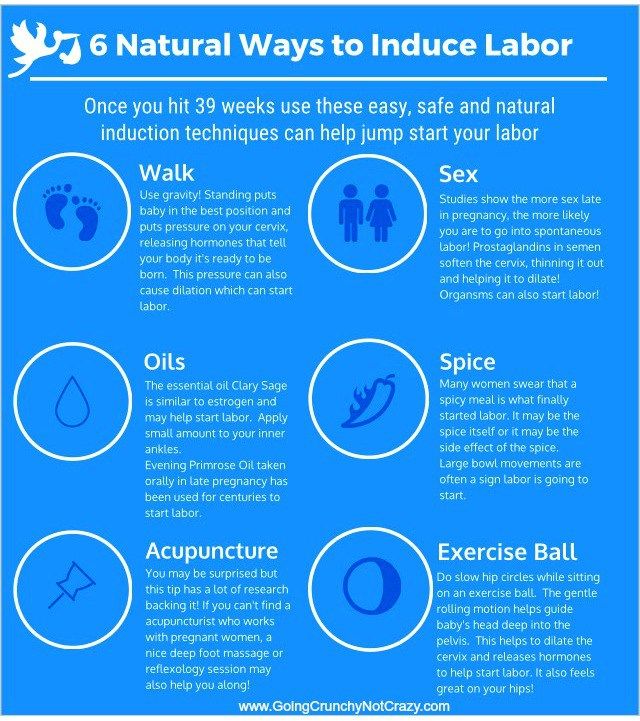 Everything from pineapple to licorice to Chinese food has been credited with getting the ball rolling.
Everything from pineapple to licorice to Chinese food has been credited with getting the ball rolling.
But remember, unless you’re used to eating these foods, it’s probably not the best idea to introduce something new into your diet just to try starting labor.
Schedule an acupuncture session
Acupuncture is another method of releasing oxytocin in your body. There isn’t a lot of scientific evidence to show how successful acupuncture is in starting labor, but it is a good tension reliever.
Ask your doctor to strip your membranes
At your next prenatal appointment, ask your doctor or birthworker about having your membranes stripped. With a gloved finger, your doctor will separate the amniotic sac from the wall of the uterus.
Doing this can release prostaglandins, which could help move things along.
It’s not uncommon to experience mild cramping or spotting after having your membranes stripped. If the bleeding becomes heavy, however, call your doctor immediately.
Even if none of these methods work to start contractions, remember that the end is near. You won’t be pregnant forever. Soon, you’ll be holding your new baby in your arms.
If nothing seems to be working, just try to get some rest. It’s probably the best thing you can do. Once baby is here, you’re going to need the energy.
Q:
Is it safe to try inducing labor at home?
Anonymous patient
A:
If you’re now full term at 40 weeks, you may be feeling very ready to deliver and meet your baby. If you’ve had an uncomplicated pregnancy with regular prenatal care, you could consider trying at-home methods to kick-start labor. These methods generally tend to be safe, but may not be very effective. Always check with your doctor before trying to induce labor on your own.
University of Illinois – Chicago, College of MedicineAnswers represent the opinions of our medical experts. All content is strictly informational and should not be considered medical advice.
All content is strictly informational and should not be considered medical advice.
Was this helpful?
Harbingers of childbirth. How do you know when it's time to go to the hospital?
January 10, 2017
Alekseeva Inna
Obstetrician-gynecologist, Doctor of the highest category
Subscribe to our Instagram! Useful information about pregnancy and childbirth from leading obstetricians and gynecologists in Moscow and foreign experts: https://www.instagram.com/roddompravda/
Tips and opinions from leading children's specialists: https://www.instagram.com/emc.child/
Every pregnant woman with excitement and joy awaits the upcoming birth. The closer the cherished date, the more attentively the expectant mother listens to the changes taking place in her body and in the behavior of the baby. Of course, the expectant mother wants to know by what signs it is possible to understand that childbirth is just around the corner.
It is customary to call the harbingers of childbirth external, really tangible changes in the body, which are direct preparation for the onset of labor. The tissues of the birth canal - the cervix, vagina, vulva, perineum - become quite elastic, extensible, but at the same time - very strong and resistant to tearing. The cervix is located in the center of the vaginal vault, shortens by almost half its normal length and softens significantly. The cervical canal - the lumen of the cervix connecting the uterine cavity with the vagina - opens slightly, as a result, the diameter of the cervical canal is approximately 2-2.5 cm. Of course, such a significant "perestroika" takes more than one day.
Female sex hormones are responsible for preparing for childbirth. During the nine months of pregnancy, progesterone "reigns" in the body of the expectant mother. It ensures the normal tone of the uterus (relaxed state of the muscles), the production of cervical mucus - a mucous plug in the cervix that protects the fetus from infection. The amount of progesterone during pregnancy largely determines the normal development and growth of the fetus, the necessary concentration of nutrients and oxygen in the mother's blood, as well as their timely and uninterrupted delivery to the baby.
The amount of progesterone during pregnancy largely determines the normal development and growth of the fetus, the necessary concentration of nutrients and oxygen in the mother's blood, as well as their timely and uninterrupted delivery to the baby.
Shortly before childbirth, the production of progesterone decreases markedly, it is replaced by estrogens - female sex hormones. The increase in estrogen in the blood is caused by the need to prepare the body for the upcoming birth. It is these hormones that are responsible for the elasticity and patency of the birth canal. The rate of cervical dilatation in the first stage of labor depends on them. In the second period, when the cervix is fully opened and the fetus passes through the birth canal, it is also very important how elastic and extensible the walls of the vagina are - this will largely determine the duration of the straining period. Finally, the onset of labor itself depends on the level of estrogen: contractions occur as a result of a nerve impulse that is caused by a certain level (“peak”) of estrogen accumulation.
These changes are normal and do not require an unscheduled visit to the doctor or hospitalization. Harbingers of childbirth are manifestations of a planned restructuring in the body of a future mother, the “finishing touches” of preparation for the upcoming joyful event.
The absence of clearly tangible changes on the eve of the expected date of birth is also not a pathology. Not all expectant mothers note those changes in well-being that are commonly called harbingers. However, this does not mean that there is no preparation. In some cases, the “final preparations” go unnoticed by the pregnant woman. Therefore, do not worry or urgently contact a specialist.
The appearance of any of the "harbingers" indicates the likelihood of the development of regular labor activity over the next two hours - two weeks. None of the sensations described gives a 100% guarantee that a woman will become a mother within the next 24 hours. Hormonal changes before childbirth begin approximately two weeks before the expected birth. Theoretically, during these two weeks, at any time, a pregnant woman can notice certain changes in her state of health. Consequently, the absence of labor activity an hour, a day, or even a week after the first noted changes is not a pathology and does not require special medical advice.
Theoretically, during these two weeks, at any time, a pregnant woman can notice certain changes in her state of health. Consequently, the absence of labor activity an hour, a day, or even a week after the first noted changes is not a pathology and does not require special medical advice.
- Scarlet discharge from the genital tract in any amount.
- Severe abdominal pain.
- Increased blood pressure (above 130/80 mmHg).
- An increase in body temperature to 37.5 ° C and above.
- Increased heart rate (more than 100 beats per minute).
- Severe headache, vomiting, blurred vision.
- Significant increase in edema.
- Absence, sharp decrease, sharp increase in fetal movements.
- Suspicion of amniotic fluid leakage.
Weight loss . Shortly before the expected date of delivery, the expectant mother may notice some “weight loss”. Weight loss during this period is associated with the removal of excess fluid from the body, that is, a general decrease in edema. The more pronounced the fluid retention during pregnancy, the more mass the pregnant woman will “lose” on the eve of childbirth. During pregnancy, water is retained in the body of all expectant mothers to a greater or lesser extent. The reason is progesterone - a hormone whose main function is to support the processes of pregnancy. Before childbirth, progesterone is replaced by estrogen. It is estrogen that removes excess fluid from the body. The first results are visible on the hands, feet and legs. Depending on the severity of edema, weight loss before childbirth varies from 0.5 to 2.5 kg.
Weight loss during this period is associated with the removal of excess fluid from the body, that is, a general decrease in edema. The more pronounced the fluid retention during pregnancy, the more mass the pregnant woman will “lose” on the eve of childbirth. During pregnancy, water is retained in the body of all expectant mothers to a greater or lesser extent. The reason is progesterone - a hormone whose main function is to support the processes of pregnancy. Before childbirth, progesterone is replaced by estrogen. It is estrogen that removes excess fluid from the body. The first results are visible on the hands, feet and legs. Depending on the severity of edema, weight loss before childbirth varies from 0.5 to 2.5 kg.
Change of stool. Increased frequency and change in the consistency of physiological functions on the eve of childbirth is also associated with an increase in estrogen levels and the removal of fluid from the body of the future mother. Similar changes in the body of a non-pregnant woman are observed during menstruation. The chair can become more frequent up to 2-3 times a day, at the same time there may be some liquefaction of the feces. More frequent urge to defecate, a sharp change in the color and smell of feces, combined with nausea and vomiting, is a reason for consulting a doctor - food poisoning can be masked under such "harbingers".
Similar changes in the body of a non-pregnant woman are observed during menstruation. The chair can become more frequent up to 2-3 times a day, at the same time there may be some liquefaction of the feces. More frequent urge to defecate, a sharp change in the color and smell of feces, combined with nausea and vomiting, is a reason for consulting a doctor - food poisoning can be masked under such "harbingers".
Fundal prolapse. Shortly before delivery, the baby presses the presenting part (most often the head) against the lower segment of the uterus and pulls it down, pressing against the entrance to the small pelvis. The fetus "groups", taking the most advantageous position for itself at the time of the onset of contractions. As a result of such "preparations" from the side of the fetus, the uterus "sags", and its upper part - the bottom - ceases to exert pressure on the internal organs. After lowering the bottom of the uterus, the pregnant woman has no shortness of breath (it becomes easier to breathe, there is a feeling of a full breath). If in the last month the expectant mother had belching, heartburn, a feeling of heaviness in the stomach after eating, these phenomena disappear when the bottom of the uterus descends. However, lowering down to the pelvic area, the uterus will put more pressure on the internal organs located there. The pelvic organs, in particular, include the bladder. It is located directly in front of the uterus, in its lower part. Behind the uterus, at a distance of several centimeters, there is an ampulla of the rectum - the output section of the intestine. It is not difficult to guess what the result of pressure on the bladder and rectum will be: the urge to go to the toilet before childbirth can become noticeably more frequent.
If in the last month the expectant mother had belching, heartburn, a feeling of heaviness in the stomach after eating, these phenomena disappear when the bottom of the uterus descends. However, lowering down to the pelvic area, the uterus will put more pressure on the internal organs located there. The pelvic organs, in particular, include the bladder. It is located directly in front of the uterus, in its lower part. Behind the uterus, at a distance of several centimeters, there is an ampulla of the rectum - the output section of the intestine. It is not difficult to guess what the result of pressure on the bladder and rectum will be: the urge to go to the toilet before childbirth can become noticeably more frequent.
Isolation of the mucous plug. During pregnancy, the glands of the mucous membrane of the cervical canal (the lumen of the cervix) secrete a special secret. It is a thick, sticky, jelly-like mass that forms a kind of cork. The mucous plug completely fills the cervical canal, preventing the penetration of bacterial flora from the vagina into the uterine cavity. Thus, cervical mucus, or the mucous plug of the cervix, protects the fetus from ascending infection. Before childbirth, when the cervix begins to soften under the influence of estrogen, the cervical canal opens slightly and the cervical mucus contained in it can be released. In this case, the expectant mother may find small clots of yellowish-brownish mucus, transparent, jelly-like, odorless. The mucous plug can stand out at once or depart in parts during the day. In the latter case, slight discomfort is sometimes noted in the form of "sipping" in the lower abdomen, reminiscent of sensations before or during menstruation. However, most often, the release of the mucous plug is not accompanied by tangible changes in the well-being of the expectant mother. After the discharge of the mucous plug, it is not recommended to visit the pool, swim in the reservoirs and in the bath. When immersed in water, it fills the vagina; thus, in the absence of a mucous plug, the risk of infection of the fetus and membranes through the ajar cervix increases.
Thus, cervical mucus, or the mucous plug of the cervix, protects the fetus from ascending infection. Before childbirth, when the cervix begins to soften under the influence of estrogen, the cervical canal opens slightly and the cervical mucus contained in it can be released. In this case, the expectant mother may find small clots of yellowish-brownish mucus, transparent, jelly-like, odorless. The mucous plug can stand out at once or depart in parts during the day. In the latter case, slight discomfort is sometimes noted in the form of "sipping" in the lower abdomen, reminiscent of sensations before or during menstruation. However, most often, the release of the mucous plug is not accompanied by tangible changes in the well-being of the expectant mother. After the discharge of the mucous plug, it is not recommended to visit the pool, swim in the reservoirs and in the bath. When immersed in water, it fills the vagina; thus, in the absence of a mucous plug, the risk of infection of the fetus and membranes through the ajar cervix increases.
Training contractions. Training or false contractions are called such contractions that appear shortly before childbirth and are not actually labor activity, since they do not lead to the opening of the cervix. A contraction is essentially a single contraction of the uterine wall; this contraction usually lasts a few seconds. At the time of the contraction, the expectant mother feels a gradually increasing and then gradually decreasing tension in the abdomen. If at this moment you put your hand on your stomach, you can notice that the stomach becomes very hard, but after the contraction it completely relaxes and becomes soft again. In addition to involuntary tension of the uterus, other changes in the well-being of the expectant mother during false contractions are usually not noted. It is not difficult to distinguish training fights from real ones. In most cases, false contractions are weak, painless, irregular or alternating at a significant interval (30 minutes or more). Labor pains, on the contrary, are distinguished by regularity and a gradual increase in intensity. Unlike false contractions, real contractions lead to a visible result - the opening of the cervix. In doubtful cases, a simple obstetric examination will be enough to make an accurate diagnosis. In other cases, training contractions, like all harbingers of childbirth, do not require a visit to a doctor or hospitalization. False contractions may recur for several hours and then stop. Most often, they disturb a pregnant woman in the evening and morning hours for several days.
Labor pains, on the contrary, are distinguished by regularity and a gradual increase in intensity. Unlike false contractions, real contractions lead to a visible result - the opening of the cervix. In doubtful cases, a simple obstetric examination will be enough to make an accurate diagnosis. In other cases, training contractions, like all harbingers of childbirth, do not require a visit to a doctor or hospitalization. False contractions may recur for several hours and then stop. Most often, they disturb a pregnant woman in the evening and morning hours for several days.
Discomfort. In the last weeks before giving birth, many pregnant women report discomfort in the lower abdomen and in the area of the sacrum (the area slightly below the waist). Such changes in
the well-being of the expectant mother is caused by sprain of the pelvic ligaments and increased blood flow to the pelvic organs. Usually these minor sensations, described as a feeling of "light languor" in the lower abdomen, are comparable to similar phenomena in the period before or during menstruation.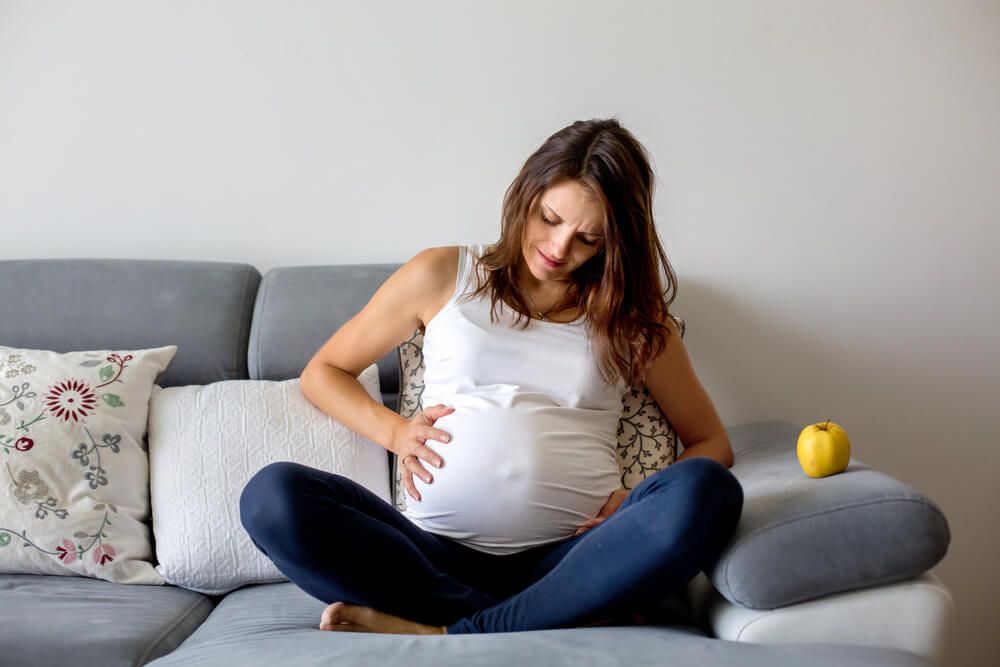 Discomfort, like training contractions, more often disturbs the expectant mother in the morning and evening hours. The level of discomfort is minimal, it should not worry the expectant mother and does not require medical intervention.
Discomfort, like training contractions, more often disturbs the expectant mother in the morning and evening hours. The level of discomfort is minimal, it should not worry the expectant mother and does not require medical intervention.
All harbingers of childbirth can appear during the last two weeks before childbirth, their presence, as well as their absence, is the norm and does not require a visit to a doctor. It is important to learn to listen to changes in your body, not to be afraid of changes in well-being associated with prenatal preparation, and most importantly, to have time to mentally and physically prepare for the most important event - the birth of a baby.
Subscribe to our Instagram. You will find useful information about pregnancy and childbirth from leading EMC obstetricians and gynecologists.
Harbingers - childbirth is coming soon!
Wrestler Maria Vladimirovna
Obstetrician-gynecologist
MD GROUP Clinical Hospital, Mother and Child Clinic Savelovskaya
False contractions
They may appear after the 38th week of pregnancy. False contractions are similar to Braxton-Hicks contractions, which a woman could already feel starting from the second trimester of pregnancy (the uterus seems to stiffen for a few seconds - a couple of minutes, then the tension in it subsides). False contractions train the uterus before childbirth, they are irregular and painless, the intervals between them are not reduced. Real labor pains, on the contrary, are regular, their strength gradually increases, they become longer and more painful, and the intervals between them are reduced. That's when you can already say that the birth began for real. In the meantime, false contractions are going on, it is not necessary to go to the maternity hospital - you can easily survive them at home.
False contractions are similar to Braxton-Hicks contractions, which a woman could already feel starting from the second trimester of pregnancy (the uterus seems to stiffen for a few seconds - a couple of minutes, then the tension in it subsides). False contractions train the uterus before childbirth, they are irregular and painless, the intervals between them are not reduced. Real labor pains, on the contrary, are regular, their strength gradually increases, they become longer and more painful, and the intervals between them are reduced. That's when you can already say that the birth began for real. In the meantime, false contractions are going on, it is not necessary to go to the maternity hospital - you can easily survive them at home.
Abdominal prolapse
Approximately two to three weeks before birth, the baby, in preparation for birth, presses the presenting part (usually the head) against the lower part of the uterus and pulls it down. As a result, the uterus moves lower into the pelvic region, its upper part ceases to put pressure on the internal organs of the chest and abdominal cavity. In the people it is called - the stomach dropped. As soon as the stomach drops, the expectant mother notices that it has become easier for her to breathe, but, on the contrary, it becomes more difficult to sit and walk. Heartburn and belching also disappear (after all, the uterus no longer presses on the diaphragm and stomach). But, having dropped down, the uterus begins to put pressure on the bladder - naturally, urination becomes more frequent.
In the people it is called - the stomach dropped. As soon as the stomach drops, the expectant mother notices that it has become easier for her to breathe, but, on the contrary, it becomes more difficult to sit and walk. Heartburn and belching also disappear (after all, the uterus no longer presses on the diaphragm and stomach). But, having dropped down, the uterus begins to put pressure on the bladder - naturally, urination becomes more frequent.
For some, uterine prolapse causes a feeling of heaviness in the lower abdomen and even slight pain in the area of the inguinal ligaments. These sensations arise due to the fact that the child's head, moving down, irritates the nerve endings of the pelvic organs.
During the second and subsequent births, the belly drops later - right before the birth. It happens that this harbinger of childbirth is not at all.
Removal of the mucous plug
This is one of the main and obvious harbingers of childbirth. During pregnancy, the glands in the cervix produce a secret (it looks like a thick jelly and forms the so-called cork), which prevents various microorganisms from entering the uterine cavity. Before childbirth, under the influence of estrogens, the cervix softens, the cervical canal opens slightly and the cork can come out - the woman will see that there are mucus clots on the linen that look like jelly. Cork can be of different colors - white, transparent, yellowish-brown or pink-red. Often it is stained with blood - this is completely normal and may indicate that childbirth will occur within the next day. The mucus plug can come out all at once (at once) or come out piecemeal throughout the day.
Before childbirth, under the influence of estrogens, the cervix softens, the cervical canal opens slightly and the cork can come out - the woman will see that there are mucus clots on the linen that look like jelly. Cork can be of different colors - white, transparent, yellowish-brown or pink-red. Often it is stained with blood - this is completely normal and may indicate that childbirth will occur within the next day. The mucus plug can come out all at once (at once) or come out piecemeal throughout the day.
Weight loss
Approximately two weeks before delivery, weight loss may occur, usually by 0.5–2 kg. This happens because excess fluid is removed from the body and swelling decreases. If earlier during pregnancy, under the influence of the hormone progesterone, fluid in the body of a pregnant woman accumulated, now, before childbirth, the effect of progesterone decreases, but other female sex hormones - estrogens - begin to work hard, they remove excess fluid from the body of the expectant mother.
In addition, the expectant mother often notices that at the end of pregnancy it became easier for her to put on rings, gloves, shoes - this means that swelling on the hands and feet has decreased.
Changes in stool
Right before childbirth, hormones often act on the intestines - they relax its muscles, as a result, stool disorder begins. Sometimes such frequent (up to 2-3 times a day) and even loose stools are mistaken for an intestinal infection. But if there is no nausea, vomiting, discoloration and smell of feces, or any other symptoms of intoxication, you should not worry: this is one of the harbingers of the upcoming birth.
And on the eve of childbirth, you often don't feel like eating at all. All this is also the preparation of the body for natural childbirth.
Mood changes
Many women experience mood changes a few days before giving birth. The expectant mother gets tired quickly, she wants to have more rest, sleep, even some kind of apathy appears.

